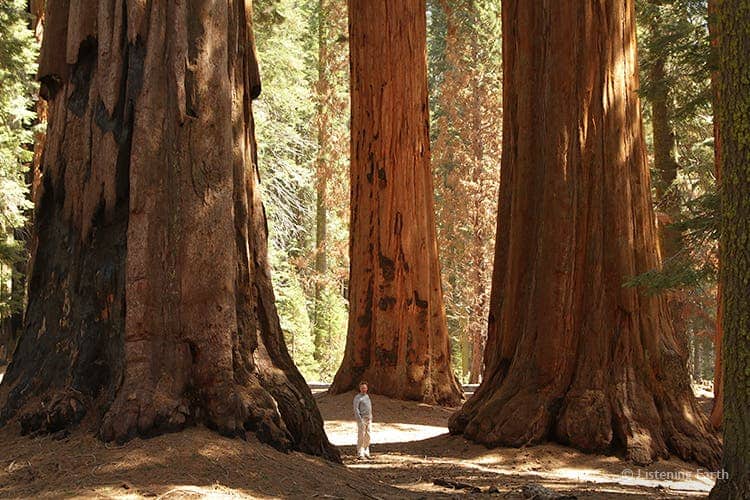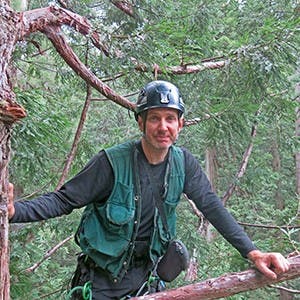California is currently experiencing its worst drought in over a millennium. Trillions of gallons of underground waters were lost in 2013 alone, and things are not looking up. Now, a new study has found that not even giant sequoias, majestic trees that have been living for centuries, are safe from the effects of this drought.

The disappearance of large trees from the state is not a new thing. California has lost half of its large trees since the 1930s. Some giant sequoias have been alive for over a thousand years, went through cycles and cycles of climate change, and yet still, they might not make through this man-made drought.
“They’re beautiful, majestic trees,” said Koren Nydick, a National Park Service ecologist and part of the research team focused on the treasured trees. “People come from all over the world to see the Giant Sequoias.”

Anthony Ambrose, a tree biologist with the University of California, Berkeley, hiked deep into the Giant Forest, climbing huge trees and collecting foliage for testing. He also gathered data on temperature and humidity from gauges placed on the trees.
As he drops his backpack filled with 600 feet of climbing rope, he takes a moment to appreciate the magnificent sight.
“It’s a really humbling experience because you feel just so small in the face of this thing that’s so big and so old,” said Ambrose, noting an emotional tie he feels with the Giant Sequoias. “If there’s some impacts from drought or climate change on the trees, we need to understand that.”
A single tree can require up to 800 gallons of water per day, which is then recycled into the system – but needs to be available in underground waters. Ambrose and his team will then share his data and mix it with data gathered by U.S. Geological Survey researchers, who observed trees from above. Their ultimate goal is to establish some much needed forestry practices and save the giant trees.
USGS ecologist Adrian Das said they are now trying to answer a key question:
“Which parts of the Sequoia groves should we be more worried about?” Das said. “Potentially, it’s the Sequoias telling us, ‘Hey, these are the areas where we’re more stressed.’ “


